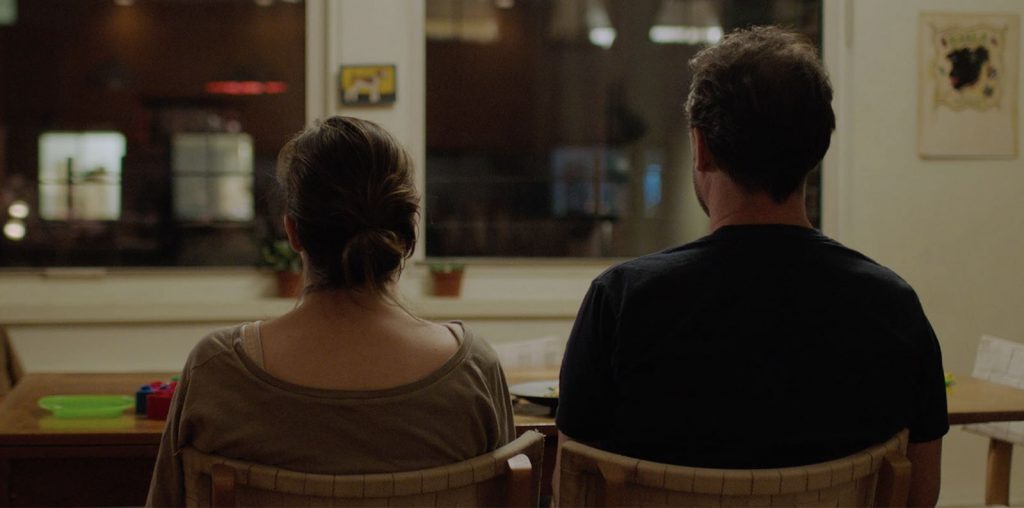
CRITIC DOCTOR EXAMINES:
Mary Pols (Contra Costa Times), James Berardinelli (ReelViews.net), Margaret McGurk (Cincinnati.com), Mick LaSalle (San Francisco Chronicle), Roger Ebert (Chicago Sun-Times), Ty Burr (Boston Globe), David Grove (filmthreat.com), Susan Stark (Detroit News), Betty Jo Tucker (ReelTalkReviews.com), John Patterson (LA Weekly), Linda Cook (Quad City Times)
** 1/2 (out of five stars)
When Analyze That was released, I thought all we need now is Robert De Niro in a movie trailer proclaiming, “It’s sequel time!” Which movie will you have more fun watching – “THIS” or “THAT?”
1999’s Analyze This was one of the funniest comedies that year. Billy Crystal played Ben Sobel, an empathic psychiatrist who treated mob boss Paul Vitti (Robert De Niro). Now, three years later, Analyze That brings back Vitti as an assassination target in prison, so he fakes a psychotic breakdown to escape. The FBI releases Vitti into the hands of Dr. Sobel to watch over him. Is this comedic team worth analyzing again?
Mary Pols (Contra Costa Times) said in her review, “The rapport between De Niro and Crystal actually seems stronger this time around, and the movie’s best laughs — most of them unabashedly sexual and crude and delivered in the first half — are better than any of the jokes in ‘Analyze This.'”
Huh? Better than ‘Analyze This?’ Mary might want to schedule an emergency appointment with Dr. Sobel. Listen: I agree De Niro and Crystal still have chemistry together on screen – and they provide funny moments in this sequel. However, the comedy is somewhat diminished by the movie’s weak plot, overriding any talent capable of saving this film’s overall entertainment value. Most critics got it right:
— “It’s a significantly weaker offering than its edgier, livelier older brother.” James Berardinelli (reelviews.net)
— “Most of the humor, as in the first film, comes from the interplay between the two stars, and they do indeed have their moments. But too often the situation is so artificial and the comedy so obviously forced, it is actually painful to watch.” Margaret McGurk (Cincinnati.com)
— “We get the spectacle of actors working with weak material and straining to imitate the sense and spontaneity of the original. It’s less a bad copy than a replicant, a soulless version of a living entity.” Mick LaSalle (San Francisco Chronicle)
— “What we get in ‘Analyze That’ are several talented actors delivering their familiar screen personas in the service of an idiotic plot.” Roger Ebert (Chicago Sun-Times)
Out of all the movie reviews I’ve read on “Analyze That,” a common view prevails in almost all of them: the moment Vitti is released from prison and his fake mental breakdown ends, the film goes down hill. Ty Burr (Boston Globe) commented, “Once out of the can, ‘Analyze That’ loses all potential and falls apart into dingy nonsense.” One critic made a fascinating observation about this transition and why the filmmakers should have stayed on course with the “nervous breakdown” plot.
David Grove (filmthreat.com) said, “If De Niro was really insane throughout the whole film, it would’ve led to many interesting comic possibilities, namely in confusing all of the other characters, especially those who want to kill De Niro, into wondering just what he’s up to.”
Indeed! We could have maybe called this movie “Analyze What?” Remembering back, I do recall watching Dr. Sobel drive Vitti away from the prison. Vitti’s breakdown was revealed as fake and I felt disappointed because I wanted to see more of “THAT” (De Niro having a nervous breakdown) – but unfortunately, got more of “THIS” (same old same old). Hence it is here the movie makes a huge error and I think Grove nailed it. But don’t get me wrong, folks. The movie isn’t all THAT bad.
Susan Stark (Detroit News) said, “Although the level of the comedy declines as the movie proceeds, there’s no denying the fun of watching De Niro and Crystal having fun. There’s an energetic, surprising, intriguing comic connection between these two.”
De Niro and Crystal do have chemistry together. Roger Ebert said, “There is undeniable pleasure to be had in hearing De Niro say, yet once again, ‘You’re good. No! You’re good!’ to Crystal, and watching De Niro use that beatific smile as if his character is saintly to bestow such praise…”
One of the funniest moments is, of course, in the beginning when De Niro fakes his catatonic state. Betty Jo Tucker (ReelTalkReviews.com) said, “Crystal pinches De Niro’s face, barks like a dog right into his ear, and sticks a hypodermic needle into his leg. De Niro doesn’t even blink, except in the outtakes. What a trouper!”
John Patterson (LA Weekly) also observes, “Signature moment: De Niro dementedly singing ‘When You’re a Jet’ in the prison mess hall, like Cagney going nuts in ‘White Heat.’ It’s clever, vulgar and fully committed to making us howl with laughter. If only all sequels were this much fun.”
If only, John, this whole movie was THAT much fun.
Linda Cook (Quad City Times) summed the movie up best: “It’s certainly nice to see Crystal and De Niro back together again. Their on-screen rapport seems real enough, and they share some entertaining banter. It’s funny enough in spots, but it’s more worthwhile as a video rental in a few months than full price at the theater.”
You can “Analyze This” and you can “Analyze That,” but in the end – “THIS” is better than “THAT.” The filmmakers still lured me into the theaters when it should have been a video store.
To them I say, “You’re good. No! You’re good!”
